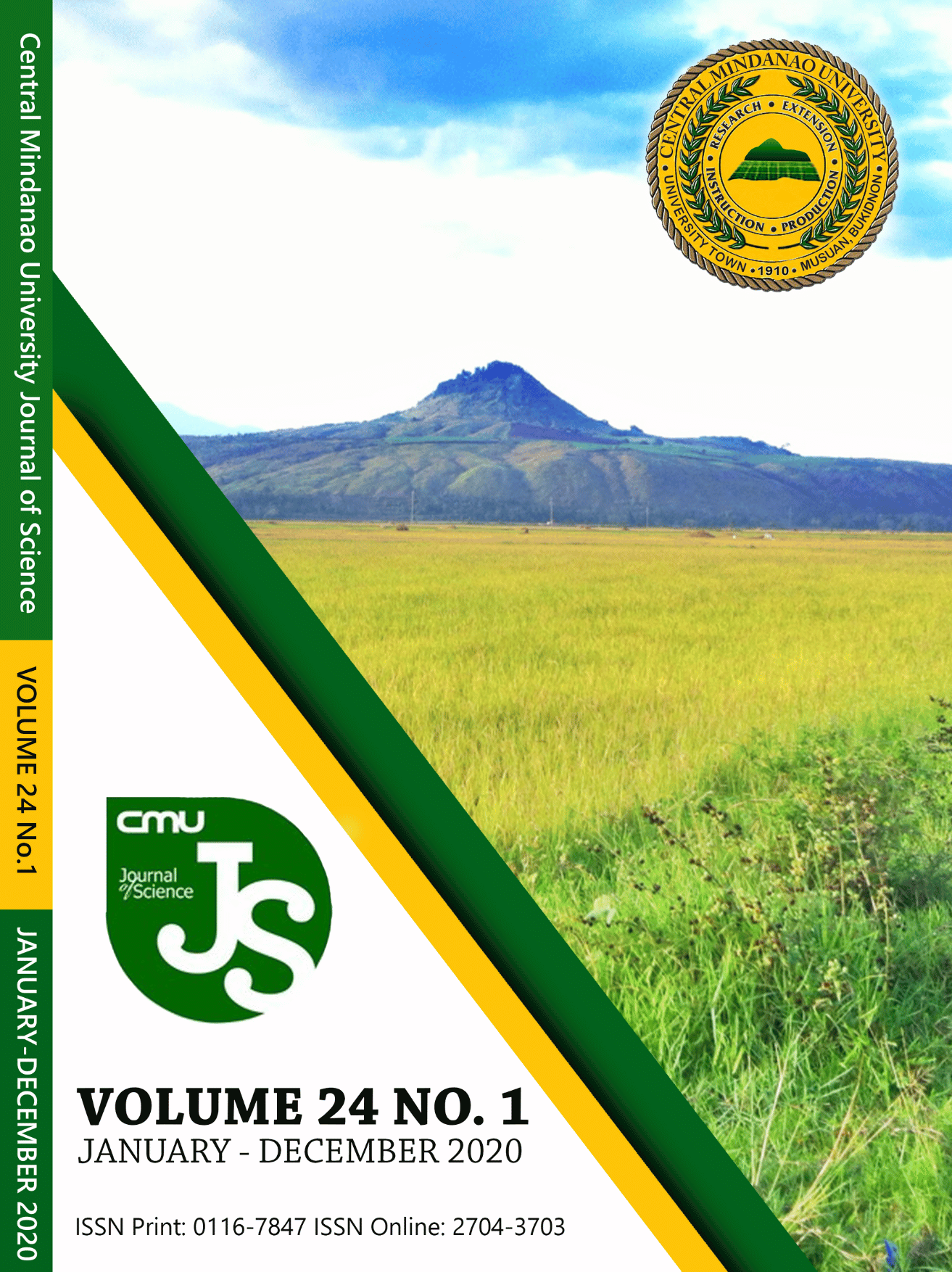Graduate Theses’ Rhetorical Moves in the Introduction and Methodology Sections
DOI:
https://doi.org/10.52751/vpkv5845Keywords:
applied linguistic, graduate thesis, rhetorical analysisAbstract
This study aimed to analyze the rhetorical moves found in the introduction and methodology sections of the Master of Arts in Applied Linguistics’ (MAAL) Theses of the Department of Communications, Linguistics, and Litera-ture (DCLL). Swales’ (1990) CARS Model of Rhetorical Moves and the corresponding model of the method section by Lim (2006) served as the frameworks. All graduate theses, a total of 22, of the MAAL program from 2005 to 2018 served as data. The theses copies were retrieved from the library or from the authors. Findings revealed that discourse analysis, pragmatics, conversation analysis together with second language acquisition & bilingualism especially code-switching have been mostly explored while Labov’s (1999; 1967) framework in analyzing narrative structure was con-sidered overused. Swales’ (1990) three ‘moves’ in writing an introduction were employed following this pattern: Es-tablishing a territory (Move 1) by Claiming Centrality (Step 1A under Move 1) followed by Establishing a niche (Move 2) by indicating a gap (Step 1B under Move 2), and Occupying niche (Move 3) by outlining purposes (Step 1A under Move 3) as the most prevalent pattern. On the other hand, in terms of moves in the methodology section, this pattern is applied: Describing Data collection procedures (Move 1) by describing the location (Step 1A), population size (Step 1B), and recounting the steps in data collection (Step 2) followed by Delineating procedure/s for measuring variables (Move 2) by presenting an overview of the design (Step 1), and Elucidating data analysis procedure/s (Move 3) by relating data analysis procedure/s (Step 1). Findings suggest that the research design (i.e. qualitative and quanti-tative), environment, participants/respondents, instruments, and procedures are highly important in describing the methodology of the study. Significant implications for research writing are also discussed.
Downloads













 LinkedIn
LinkedIn